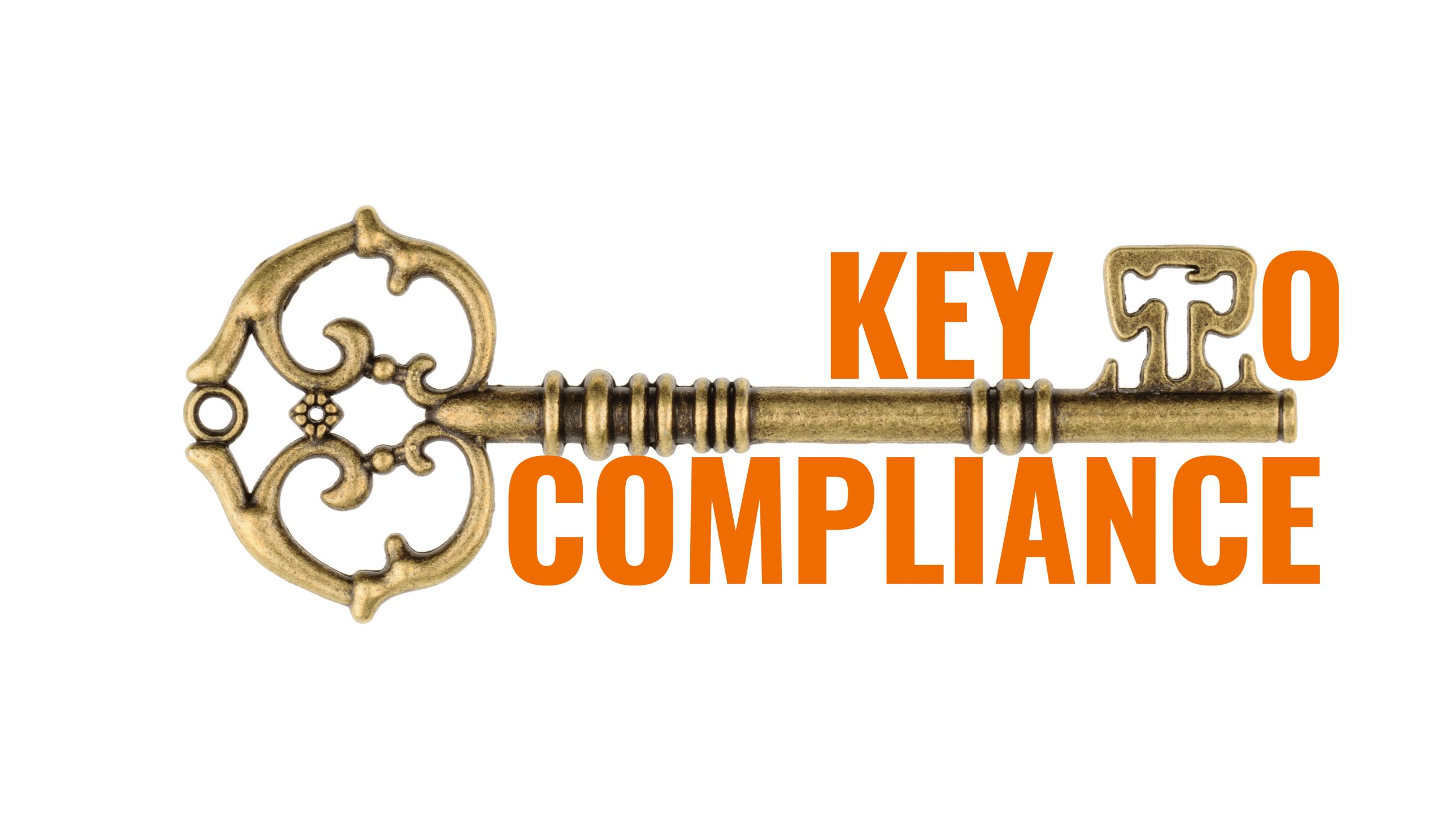In 1970, the Currency and Foreign Transactions Reporting Act was passed by US Congress. It is commonly known as the Bank Secrecy Act or BSA. The Act requires US financial institutions to assist US government agencies in detecting and preventing money laundering.Specifically, the BSA requires financial institutions to:
- Keep records of cash purchases of negotiable instruments,
- File reports of cash transactions exceeding $10,000 (daily aggregate amount)
- Report suspicious activity that might signify money laundering, tax evasion, or other criminal activities
The BSA requires financial institutions to have a written, board-approved compliance monitoring program. The program must
- Provide for a system of internal controls to assure ongoing compliance
- Provide for independent testing for compliance
- Designate an individual responsible for coordinating and monitoring day-to-day compliance
- Provide training for appropriate personnel.
In addition, the implementing regulation for section 326 of the PATRIOT Act requires that every bank adopt a customer identification program identification program as part of its BSA compliance program.
Reporting Requirements under the BSAThe BSA includes the following reporting requirements (these are administered by the US Department of Treasury’s Financial Crimes Enforcement Network (FinCEN)):
- FinCEN Form 104 – Currency Transaction Report (CTR)
- FinCEN Form 105 – Report of International Transportation of Currency or Monetary Instruments (CMIR)
- Treasury Department Form 90.22.1 – Report of Foreign Bank and Financial Accounts (FBAR)
6 Best Practices for Complying with the BSA’s Suspicious Activity Reports Requirement
- Implement a Proper Monitoring and Reporting System
- Use the Appropriate Method to Identify Unusual Activity
- Identify the Underlying Crime
- Dacument the SAR Decision Making Process
- Submit Forms that Are Thorough and Complete
- Ensure Reports Are Filed within the Required Time Period
